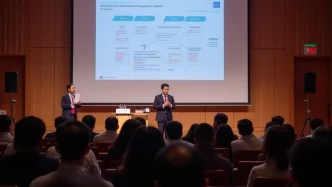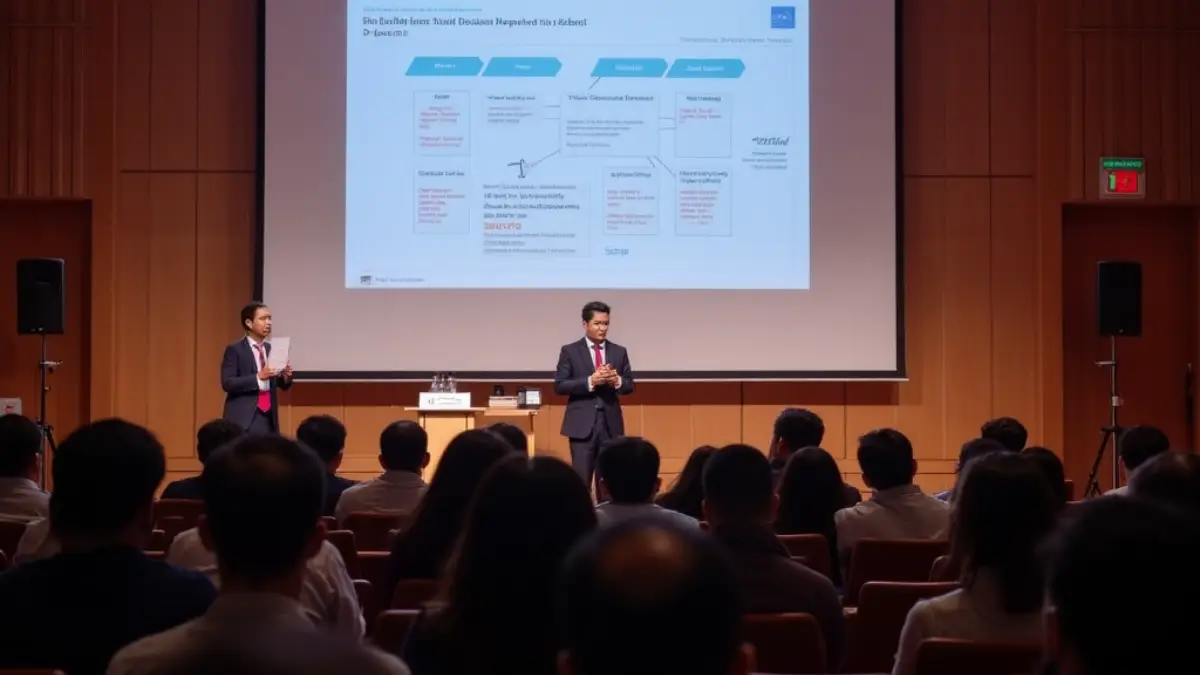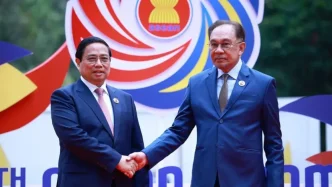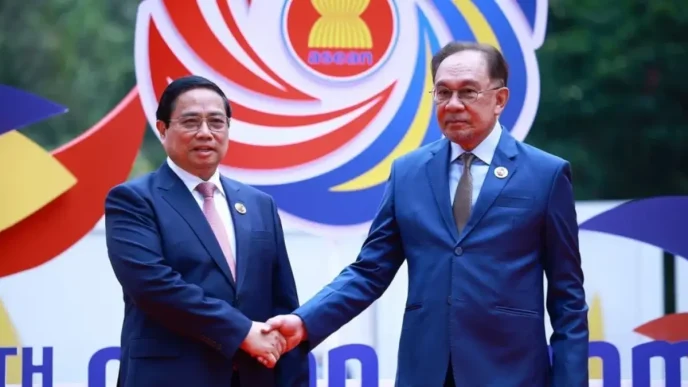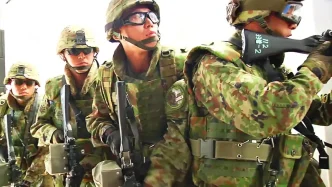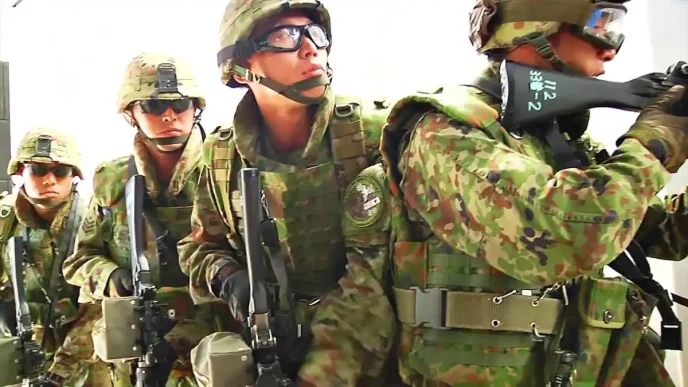In laboratories and research hubs from Hanoi to Sydney, a new wave of Vietnamese scientists is redefining the boundaries of innovation. Through international partnerships and interdisciplinary teamwork, these researchers are transforming academic concepts into practical solutions with the potential to impact lives globally. From AI-powered diagnostic tools to compact medical sensors, their work is not only advancing science but also addressing real-world challenges, particularly in resource-limited settings like Vietnam.
From Lab to Bedside: AI for Healthcare
At the forefront of this movement is Phùng Trần Huy Nhật, the Innovation and Research Quality Manager at AstraZeneca Vietnam. During his PhD at King’s College London, Nhật tackled a pressing issue: how can artificial intelligence (AI) improve healthcare outcomes in under-resourced environments? His answer was a groundbreaking AI software designed to interpret lung ultrasound scans, a low-cost diagnostic method often performed at a patient’s bedside but requiring extensive medical training to analyze.
Nhật’s vision was to enable doctors to diagnose critical respiratory conditions—such as pneumonia, acute respiratory distress syndrome (ARDS), and COVID-19—more quickly and accurately. Realizing this vision, however, demanded more than a solitary effort. He assembled a diverse team, including clinical doctors from the Hospital for Tropical Diseases in Ho Chi Minh City, AI engineers from King’s College London and the University of Oxford, and researchers from the Oxford University Clinical Research Unit. Each collaborator contributed essential expertise, from gathering real patient data to developing image-processing tools and building AI algorithms.
The project spanned over three years, beginning with the collection of thousands of lung ultrasound images from intensive care patients. This was followed by nearly a year of AI model development using deep learning techniques, with rigorous testing and validation by medical experts. The final model was trialed in clinical settings to evaluate its real-world feasibility and effectiveness. The results were striking: the AI system could detect abnormalities in lung scans with high accuracy, significantly reducing interpretation time and supporting overburdened doctors.
The findings were published in Critical Care, a leading journal in intensive care medicine, marking a significant milestone. Reflecting on the project, Nhật emphasized the power of collaboration. “A doctor can’t build an AI model alone, and an AI engineer can’t fully understand clinical needs” he said on July 22, 2025. He attributes the project’s success to a shared mindset of teamwork, which facilitated the transition from a lab-based concept to a deployable solution. This technology now holds promise for scaling to other healthcare systems, particularly in countries like Vietnam where medical resources are often stretched thin.
Beyond Borders: A Collaborative Mindset
Nhật’s story is emblematic of a broader trend among young Vietnamese researchers who are increasingly adopting interdisciplinary approaches. Engineers specializing in electronics and mechanics are partnering with medical professionals to design biomedical equipment tailored for hospital use. This collaborative spirit is breaking down traditional silos in science, technology, and medicine, unlocking new possibilities for innovation.
The underlying principle is clear: no single discipline can address complex global challenges in isolation. By bridging expertise, Vietnamese scientists are creating tools and solutions that are not just theoretical but ready for practical application. This shift is evident in projects ranging from renewable energy models to advanced diagnostic software, all designed with real-world impact in mind.
From Physics to Practical Solutions
Another compelling example comes from Nguyễn Minh Triết, a research engineer at Archer Materials in Sydney, Australia. With a background in physics and expertise in materials and semiconductor chips, Triết has embraced the challenges of interdisciplinary work. Through years of collaboration with scientists from Vietnam and beyond, he has learned to align his individual ideas with team goals, adapting his approach to focus on tangible outcomes.
Initially trained in physics, Triết expanded his knowledge into chemistry, biomedical engineering, and microelectronics to better contribute to cross-disciplinary teams. One of his team’s notable achievements is the development of a compact potassium sensor, a potentially life-saving device that allows patients with kidney or heart conditions to monitor their blood potassium levels at home. This project united specialists in physics, semiconductors, biomedical science, and microelectronics from institutions like RMIT University and the University of Minnesota.
Triết acknowledges the hurdles of such collaborations. “Different technical languages and approaches can be a barrier” he noted on July 22, 2025. Yet, he believes that understanding each person’s role within the broader vision transforms these challenges into opportunities. “Even the simplest idea can become reality with time and persistent effort” he added, highlighting the importance of open dialogue, mutual respect, and collective dedication in building trust and fostering stronger partnerships.
Redefining Vietnamese Science on the Global Stage
The contributions of researchers like Nhật and Triết signal a profound shift in how Vietnamese science is perceived and practiced. No longer confined to the image of the solitary scientist, these innovators are part of a global network, leveraging international expertise to address pressing issues. Their work underscores Vietnam’s growing role in the global research landscape, particularly in fields like healthcare and technology where affordable, scalable solutions are in high demand.
In Vietnam itself, the impact of these advancements could be transformative. With a healthcare system often constrained by limited resources, tools like Nhật’s AI software offer a lifeline to overworked medical professionals and underserved patients. Similarly, devices like Triết’s potassium sensor could empower individuals to manage chronic conditions more effectively, reducing the burden on hospitals and clinics.
Challenges and Opportunities Ahead
Despite their successes, the path of interdisciplinary research is not without obstacles. Differences in technical expertise, communication styles, and institutional priorities can slow progress. Yet, as Triết points out, these barriers are surmountable when teams commit to mutual understanding and a shared purpose. The result is a synergy that turns abstract ideas into concrete solutions, from bedside diagnostics to home-based health monitoring.
For Vietnamese researchers, the global stage offers both a challenge and an opportunity. Competing with established scientific communities requires not only technical excellence but also the ability to forge meaningful partnerships. By embracing collaboration, this new generation is carving out a space for Vietnam in the international research arena, proving that innovation knows no borders.
A Model for the Future
The stories of Phùng Trần Huy Nhật and Nguyễn Minh Triết illustrate a powerful truth: science thrives when disciplines intersect. Their projects, grounded in teamwork and a commitment to real-world impact, are paving the way for future innovations. As more Vietnamese scientists adopt this model, the potential for transformative change—both at home and abroad—grows exponentially.
Looking ahead, the question remains how these collaborative efforts will evolve. Can Vietnam sustain this momentum to become a hub for scientific innovation in Southeast Asia? While the answer is uncertain, the dedication of researchers like Nhật and Triết offers a promising glimpse into what’s possible when ideas, expertise, and determination converge.

